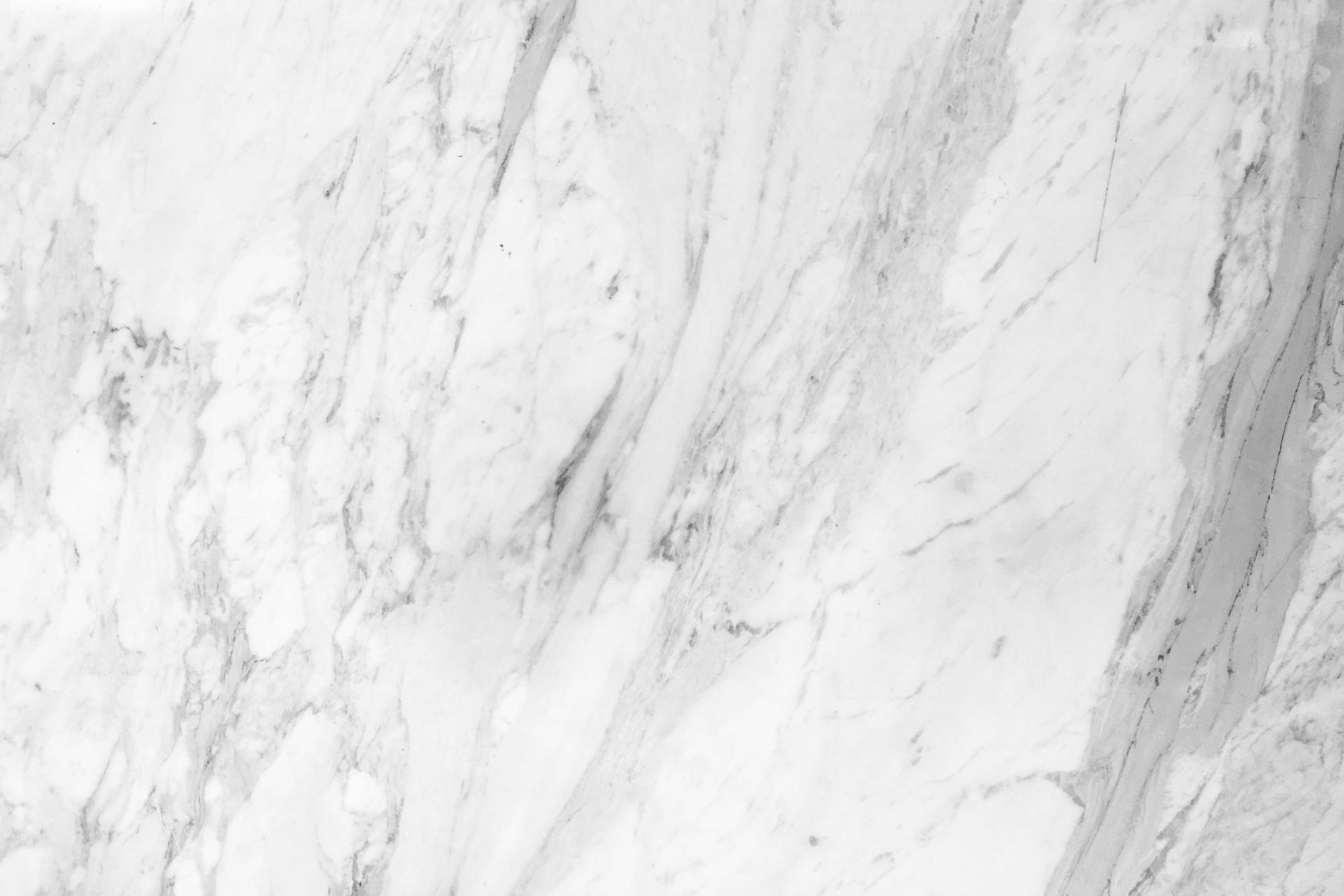COMMON COUNTERTOP QUESTIONS
Here's some answers to some common questions
- CAN GRANITE BE DAMAGED?
Like any solid surface, high impact blows can harm granite. Because of its crystalline structure, it can chip if subjected to sharp hard objects. Unsealed, granite can absorb stains such as oil, which can ultimately cause dark spots or discoloration. Heat from pots and pans or burning liquids will not affect granite under normal circumstances.
- Can Granite Chip?
Granite will not chip under normal use; although a heavy object hitting a square counter top edge could chip out a small bit of granite. If this should occur, the chips can be filled.
- Can Granite Scratch or Crack?
Granite is one of the hardest stones available. It is extremely difficult to scratch, but it is not a diamond. Granite does not crack with ordinary use. Granite is most susceptible to cracks during fabrication, shipping and installation. Granite will not flex like laminate and solid surface tops. Do not stand on or next to the sink, cook top cutouts, or unsupported overhangs - as too much stress or weight applied to the stone may cause it to crack.
- Can I cut on my Granite?
You can, but we don’t recommend it. Granite is harder than your knife blades and will dull them very quickly, if you use the counter top as a cutting surface. Always cut and chop on a wooden or plastic cutting board.
- How do I seal my Granite?
Magnotti & Son, Inc. provides a courtesy bottle of sealer for your natural granite top to protect against stains. For lighter colored granites in particular, it is highly recommended that the counter top be sealed to protect against stains from food and liquid spills.
- How are seams made?
Seams are made using epoxy or silicone, depending on the situation. Epoxy will hold up better, but does not flex. When new home settle, the epoxy may crack. Silicone will flex, but it is not as durable as epoxy.
- How do I clean my Granite?
Care and maintenance is very simple and will enhance and lengthen the life of your countertops. In addition to dusting, you should clean natural stone on a regular basis with warm water and a mild cleanser. Abrasive cleaners should not be used under any circumstances. Avoid using cleaners with ammonia, bleach, acids, or other all-purpose cleaners. Any cleaning solution made specifically for natural stone should be used. These cleansers are mild and do not contain harsh chemicals which can be damaging to natural stone over time.
- What is honed Granite?
Granite is called honed when the polishing process is halted just before a reflective shiny surface is achieved. This gives a softer, matte appearance to the stone.
- Why is Granite good for countertops?
Because granite is very hard stone that is formed at very high temperatures deep in the earth, its polish is not subject to etching by household acids, or scratching by knives and pots and pans.
- Will I have pits on my counters?
Granite which is crystalline in structure always has tiny pits, spaces between the various mineral crystals. You don’t see them on a larger piece because the overall appearance is polished and mirror-like. Granite sometimes has natural fissures as well, which may look like cracks, but are not structural defects and are a naturally occurring result of the immense heat and pressure which formed the granite eons ago. These characteristics are part of the natural beauty of stone and will not impair the function or durability of the material. A product of nature cannot be expected to look manmade.
- Will my Granite look like the sample?
Samples are not true representations of the entire slab. It should be noted that one end of the slab may be lighter or darker than the other, which may result in seams, that do not perfectly match. Although some may view this color difference as being a disadvantage, this is part of natural stone’s inherent beauty, and it is our goal to match the seams to make the best match possible.
- Will seams show?
The visibility of seams will vary depending on the coloration of the stone. Granites with sweeping color movements will have more visible seams. The stone slabs are usually no larger than 105" x 66" which makes seams inevitable. In addition, stone thickness may vary, which can result in seams that are not perfectly flat. Our goal is to minimize seams, maximize use of material, and create a well-balanced “piece of art”.



